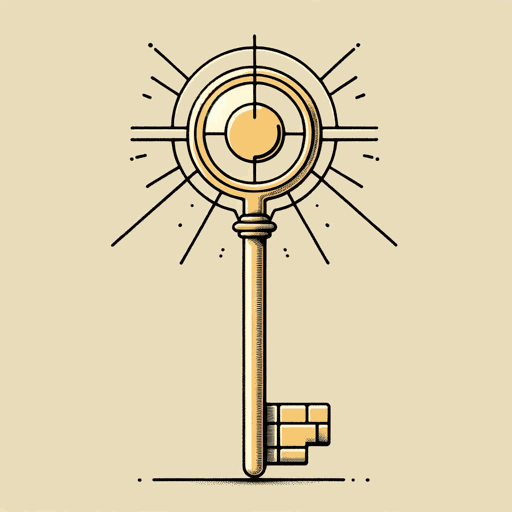45 pages • 1 hour read
Zilpha Keatley SnyderThe Egypt Game
Fiction | Novel | Middle Grade | Published in 1967A modern alternative to SparkNotes and CliffsNotes, SuperSummary offers high-quality Study Guides with detailed chapter summaries and analysis of major themes, characters, and more.
Summary and Study Guide
Overview
The Egypt Game (1967) is a children’s book by Zilpha Keatley Snyder. It is the first title in a two-book set. The sequel is entitled The Gypsy Game (1997). Snyder was a prolific author of children’s and young adult adventure and fantasy novels. An elementary school teacher by profession, she wrote 46 books between 1964 and 2011, passing away at the age of 87 in 2014. Like her protagonists in The Egypt Game, Snyder lived much of her life in northern California.
The Egypt Game won a Newbery Honor. Two other Snyder books, The Headless Cupid (1971) and The Witches of Worm (1972), also won Newbery Honors. The Egypt Game is intended for readers aged eight to 11, in grades three to seven. It falls into the categories of Children’s Mystery, Detective & Spy Fiction, and Children’s Africa Books. This study guide and all its page citations are based on the Kindle edition of the novel.
The Egypt Game is set in a California college town whose name isn’t specified. The story unfolds in the time that it was written. The main character’s false eyelashes and upswept hairdo would have been fashionable during the 60’s. Similarly, the lack of social media or Internet outreach is apparent in the way that civic-minded citizens apprehend a local murderer. The story spans the months of August through December and ends with a Christmas celebration. The narrator is third-person omniscient, meaning that they are all-knowing. We also see the alternating perspectives of the six children who play the Egypt Game.
Plot Summary
As the story begins, 11-year-old April Hall is sent to live with her paternal grandmother in an upstate California college town. Her mother Dorothea is on the road with her manager, pursuing an acting career. April resents the change and insists on calling her grandmother by her first name, denying their family connection. She is eager to return to her mother’s glamorous world and mimics Dorothea’s appearance by wearing false eyelashes, an upswept hairdo, and a ratty fur stole.
Melanie, her downstairs neighbor of the same age, befriends her. The girls are avid readers and invent games about imaginary characters and their adventures. The two girls begin to play an imaginary game that evolves into a fanciful recreation of ancient Egypt that they call the Egypt Game.
Together with Melanie’s four-year-old brother, Marshall, the girls commandeer the back storage lot of A-Z Antiques. This store is owned by an off-putting old man called the Professor, who rarely speaks to anybody. As the girls set up props for their Egyptian temple in his neglected storage area, the Professor spies on them through a back window, intrigued by their imaginary game.
The land of Egypt quickly attracts new players. Fourth-grader Elizabeth and two sixth-grade boys named Toby and Ken join the crew and the group’s rituals and costumes become more elaborate. One night, April and Marshall return to the storage lot to retrieve a missing math book, where April is attacked by a neighborhood murderer. The Professor manages to summon help in time. The murderer is revealed to be the cousin of a local store owner, and he is sent away to a mental institution. His capture restores a sense of security to the neighborhood.
On Christmas Eve, the Professor pays a visit to the Egypt gamesters and offers each of them an engraved key to the new padlock on his storage area. He invites them to use the lot any time they like. The Professor explains that watching the game brought him out of the isolated world he created after suffering a personal tragedy. By the novel’s end, April is also ready to let go of her past with Dorothea and enjoy the gift of the present with her newfound family and friends. In telling the story of April and the Professor, the novel explores the themes of Rejecting One’s Present Reality, Overcoming Isolation, and Building a Community.


